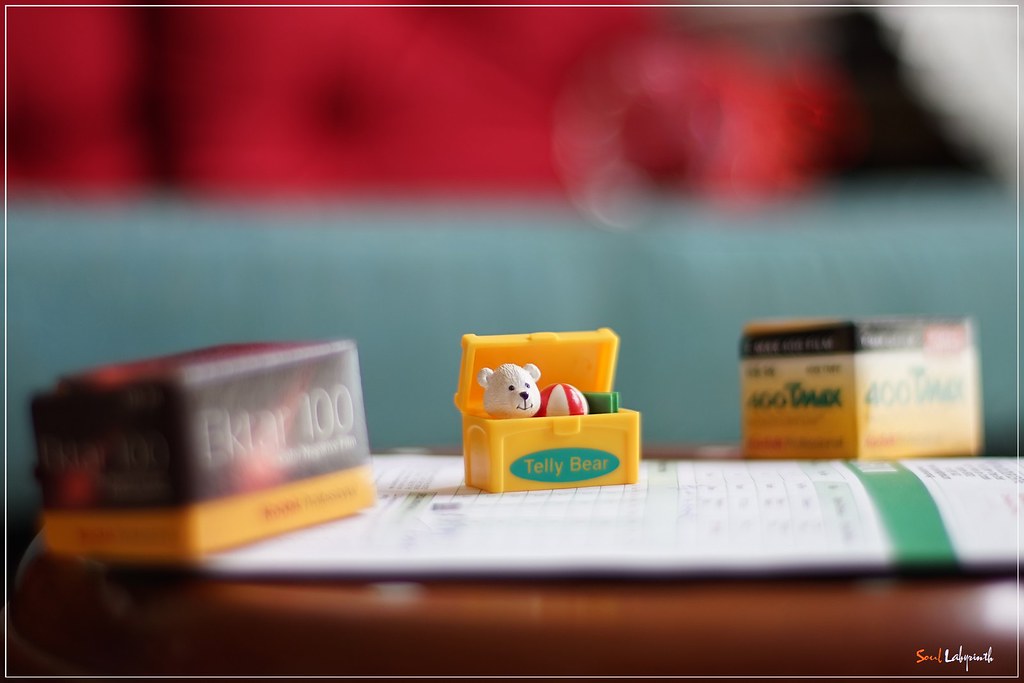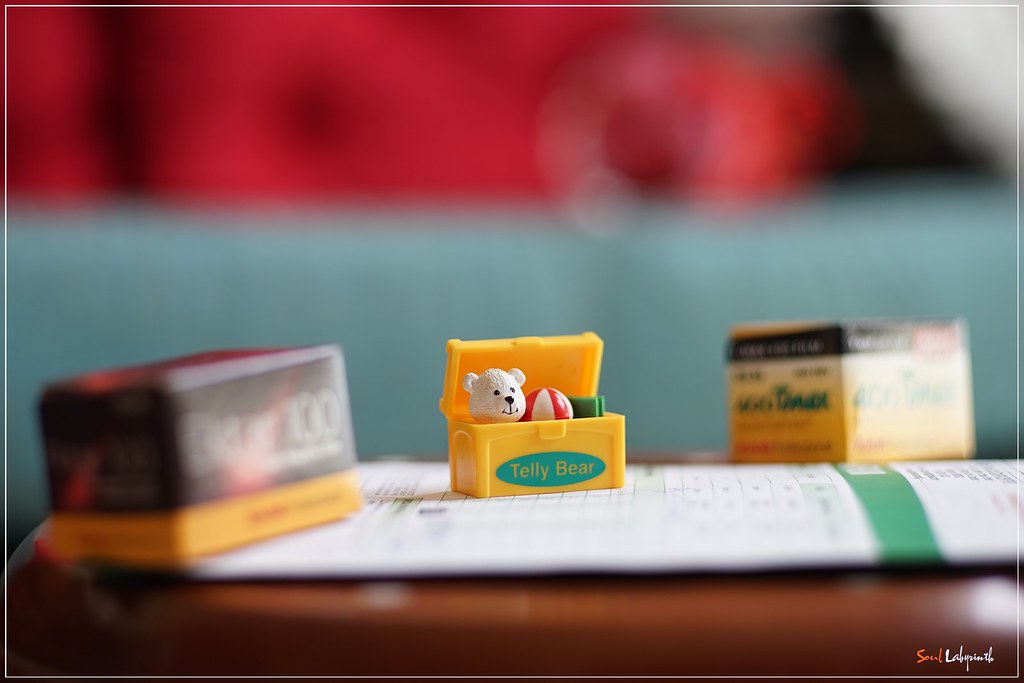I could not agree on this! Before having a chance to test it myself, I also believe on the theory that the 1.5 crop factor make the lens 50/1.4 equivalent on DOF with the lens 75/1.8 (everything x 1.5). However, I always have a question why many half body portrait photos from film Medium Format TLR/645 cameras that my friends took with 75-80mm/f2.8-3.5 lenses had the 3D Pop effect that I rarely seen in my 1.5 cropped sensor camera with even the f1.4 lens.
I did a test myself with the lens Carl Zeiss Planar 50/1.4 ZK and the Pentax FA 77/1.8 with a FF camera in 1.5 cropped mode and full frame mode and found out that my believe is wrong. Mounting on the same camera on Tripod and tried to maintain the 50/1.4 on cropped mode have the same field of view with the 77/1.8 by changing the distance between camera and subject, here is the result for you or who interested. You can justify it yourselves.
This is lens differences more than format, though I won't say that format does not play a part.
What do we see?
1. 3D pop to the 77ltd
>> lens sharpness from wide open (and in fact, its stopped down to f2.2, thus benefiting from better optical correction )
Legacy 50mm are not 'tack sharp' at wide open though they are sharp enough for most intents
77ltd is a very good lens.
2. Handling of spherical aberration (on that circular thing at the back)
>> Again, different lenses and wide open lenses usually are poorer in that (which is for the CZ50 and not for the 77ltd)
In fact, I've seen some pretty horrible OOF highlights from the CZ50 at wide open.
Its just going to be very hard to show one over the other since different lenses are involved.
A guy using a modern 50mm optic like Fuji 55/1.4 (mostly center sharp), Sigma 50, FE55 on an apsc camera will get different results. (even then diff bokeh too)
At best, we can say that in many cases of real world use, someone with a 50/1.4 on apsc and one with 77ltd on FF will get differing results and in a context as above (ie. subject isolation via shallow DOF for a small object at close focus distance), a nod more for the 77ltd on FF.
There are differences in the formats of course.
Working distance for the same FOV with the same lens (hard to show on a forum; I tend to prefer the less 'far' working distances of FF, though on some days, I have not warmed up and prefer a 'shyish' longer focal length);
for good and bad too since some guys are shy and prefer 50mm used as 75mm
DOF for the same FOV with the same lens - again, dbl edged sword, great for solo portraits, a bit more pain to get the DOF for group shots (while maintaining low ISO and hand holdable shutter speeds);
If using strobes, power needs to go up and recycling time suffers.
I just printed my 2012 Yogja trip into a photobook, it was taken with my K5.
Maybe if its ready by this outing, I will bring it for ppl to see.
The thought that came to my mind when I looked thru the prints...
"Gosh... the photos from the camera (apsc) made it into a book as decent as book prints go.... and I never needed less DOF "
In fact I decided to sell my K30 (if it sells) and get a K3/K5IIs or the next camera after looking thru the prints.
I partly agree with the video.
It usually matters little in many genres (mainly the DOF part is different)
A lot of it has to do with the genre the photographer is shooting.
Studio portraits; Landscapes; most forms of streets & candids; macro and still life, travel photography, less big a deal compared to shallow DOF type portraits/still life
The video is also a shameless plug for Fuji X system






